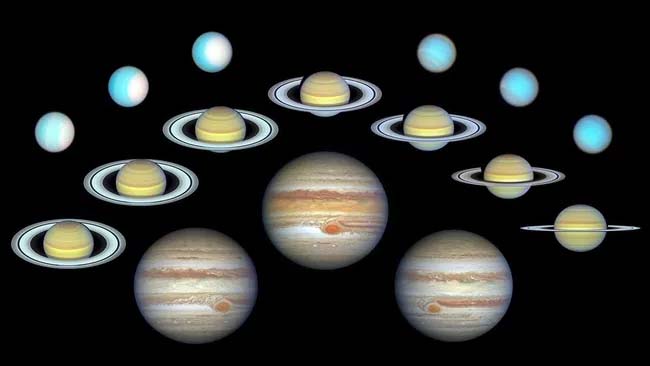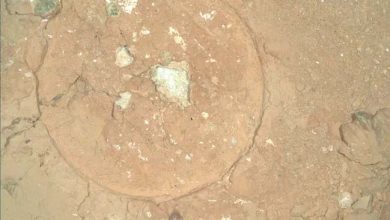Dramatic changes on Uranus, Neptune, Saturn and Jupiter in 10 years of images

Science: The Hubble Space Telescope has spent more than thirty years providing some of the most incredible pictures of the known universe, but it’s only been for the past ten years that scientists have turned their eyes to the outer planets of our solar system to see them as never before. For the past decade, NASA’s Outer Planet Atmospheres Legacy Program (OPAL) has been obtaining detailed views of long-term changes in the skies of the four planets closest to Earth: Jupiter, Saturn, Uranus, and Neptune, each of which has a unique set of atmospheric variables.
OPAL data has allowed astronomers to observe the weather patterns and seasons of these outer planets to better understand their dynamics and changes over time. Hubble is able to see in wavelengths ranging from ultraviolet to near-infrared light, and regularly provides high-resolution pictures of the gas giants once a year, as each of their orbits brings them closest to Earth. Now, with ten years of operations behind them, Hubble’s OPAL team at NASA will present a decadal overview of the program’s findings at the December meeting of the American Geophysical Union in Washington, D.C.
“As OPAL now extends to 10 years and beyond, our database of planetary observations continues to grow. This longevity allows not only for unexpected discoveries but also for tracking long-term atmospheric changes as planets orbit the sun. The scientific value of these data is underscored by the more than 60 publications to date that include OPAL data,” Amy Simon of NASA’s Goddard Space Flight Center said in a statement.
Jupiter is the solar system’s largest planet. The gases of the planet’s atmosphere swirl from the tops of the clouds, thousands of miles down to its center. In addition to its vastness, Jupiter is also known for its Great Red Spot. The unmistakable swirling red vortex on the gas giant’s face is the solar system’s largest storm; a raging hurricane about three times the size of Earth.





